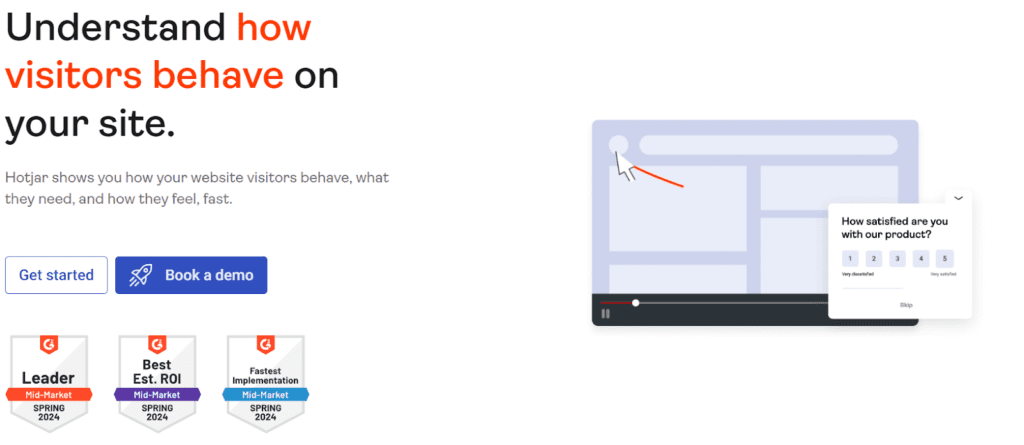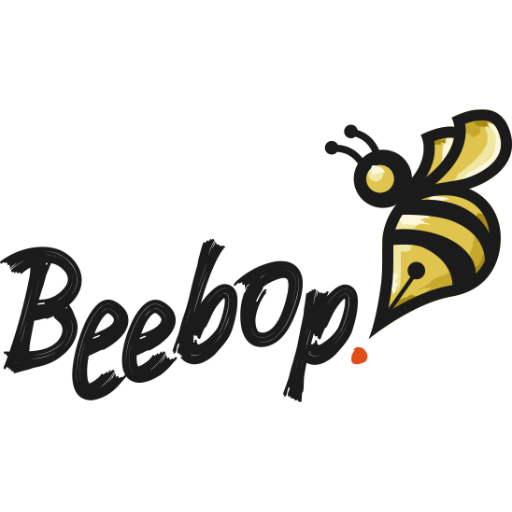A big part of marketing is writing. As a solopreneur, especially if you’re trying to get new and consistent clients, you probably write all of your marketing material – from Linkedin posts, newsletters to website copy.
But the problem with writing is that it takes time – especially if you don’t enjoy it or think you don’t have writing skills.
And it gets even worse if your content doesn’t bring you leads or new clients. Along with other stressors, this frustration can bring you close to burnout.
This fact is verified by FounderReports’s original research: 45.8% of entrepreneurs said they struggle with high stress.
So you ask yourself, exhausted from overwork, why not take a shortcut? I’ll just pop a three-sentence prompt into an LLM and it’ll spit out content for that website I’ve been trying to write since 2023.
Still, you’re not sure if taking the AI shortcut will create more time for client work.
Let’s explore whether AI tools are a great tool for saving time on copywriting or whether they’re just another time-drain.
Why is using AI for copywriting so appealing?
Well, one answer can be found on an AI content generator’s website.
“These tools are designed to be super easy, so you don’t need to be a tech wizard or a pro writer. Just type what you want, hit a button, and get a draft you can tweak. It’s perfect for students, marketers, or anyone who needs to write fast!”
Most of copywriting is, sadly, done as an afterthought. It’s time-consuming and energy draining, especially if you want to do it right, not just type out a social media post just for the sake of it being there.
But here’s where AI writing tools come to your rescue! They take away all the sweat and fear of the blank screen with their speed and simplicity.
And, most importantly, they’re much cheaper than us human writers—which is a dealbreaker for many solopreneurs and small businesses.
Sounds great, right?
But let’s take a closer look at some of those tools (the free version of Chat GPT) and see if they walk the talk.
How AI writing tools actually work
Let’s rewind and read again that website copy from a AI copy generator.
“These tools are designed to be super easy, so you don’t need to be a tech wizard or a pro writer. Just type what you want, hit a button, and get a draft you can tweak. It’s perfect for students, marketers, or anyone who needs to write fast!”
So, according to the company, this tool has two important benefits for a user:
1. It’s easy to use—you can generate a piece of website or social media copy with just one click
2. It’s unbelievably fast—you get a complete text in a matter of seconds.
But, they casually mention you “get a draft you can tweak.”
Cambridge Dictionary defines the verb to tweak as: to change something slightly, especially in order to make it more correct, effective, or suitable.
Does a piece of copy generated by an LLMreally need just a few tweaks to make it a harbinger of user engagement, leads and even new clients?
Let’s find out.

This “homepage copy” by Chat GPT could use more than a tweak or two. It deserves to be deleted from both my drive and memory.
Not only is it not structured like homepage copy (there isn’t a title or subtitle in the hero section), it’s packed with information that doesn’t say anything to the potential client.
I asked for uplifting copy, not sentimental clichés. Also, the output is generic enough that it can be applied to just about any wedding photographer.
And the point of copywriting is not to show off your vocab, it’s to make you interested in an offer so you click on the Contact me button.

This is how a homepage copy should look like – structured, informative and compelling | Source: Hotjar
But, your prompt is so bad! That’s why the output sucks, someone will say.
And to them I reply, it doesn’t matter.
Isn’t the point of AI to be a massive time-saver? So, why should a solopreneur take away more time from their main line of work to learn how to write long prompts or rewrite them just for the AI to spit out website copy that still needs a lot of editing?
Others have also noticed this discrepancy.
In this case, a marketeer is frustrated because he needs to constantly manually check AI’s outputs when he uses it for research.

Source: LinkedIn
Now, research is not a minor and repetitive task. I’ts one of the most important parts of the writing process.
The researcher has to know what they’re looking for and whether the data is correct, outdated, or non-verified. LLMs can do research, but a lot of times they make up stuff that doesn’t exist.
According to a recent article on The Conversation, hallucinations “occur when the model fills in gaps based on similar contexts from its training data, or when it is built using biased or incomplete training data.” After all, generative AI is just a big, fast prediction machine.
When you ask GPT, it also confirms it can generate fake numbers or information.

Again, another proof AI doesn’t actually save you that much time in the writing process, nor it can guarantee business results (clients worth their salt don’t want to buy from someone with fake info on their website).
So, what’s the solution?
Instead of relying on AI-generated content, consider these options
If you have money but not time, hire a professional website copywriter. But not just someone who’s good at typing (they’re not much different from AI slop).
Find someone who’ll take the time to get to know you and your business, research your audience and competitors so the final draft of your website is a worthy reflection of how you can make significant changes in your client’s life.
So feel free to check out my website copywriting services and book a 30-minute call where we’ll see if we’re a fit.
In case you’re tight with money, but you’ve got time and motivation to learn the basics of copywriting, the internet’s your oyster.
There are tons of great courses out there, both free and paid, that’ll be a great push towards non-generic marketing copy.
So even if you do use AI eventually—whether it’s for brainstorming or help with structure—at least you’ll be able to pinpoint AI’s bad writing.
Cover photo by Sonja Langford on Unsplash


